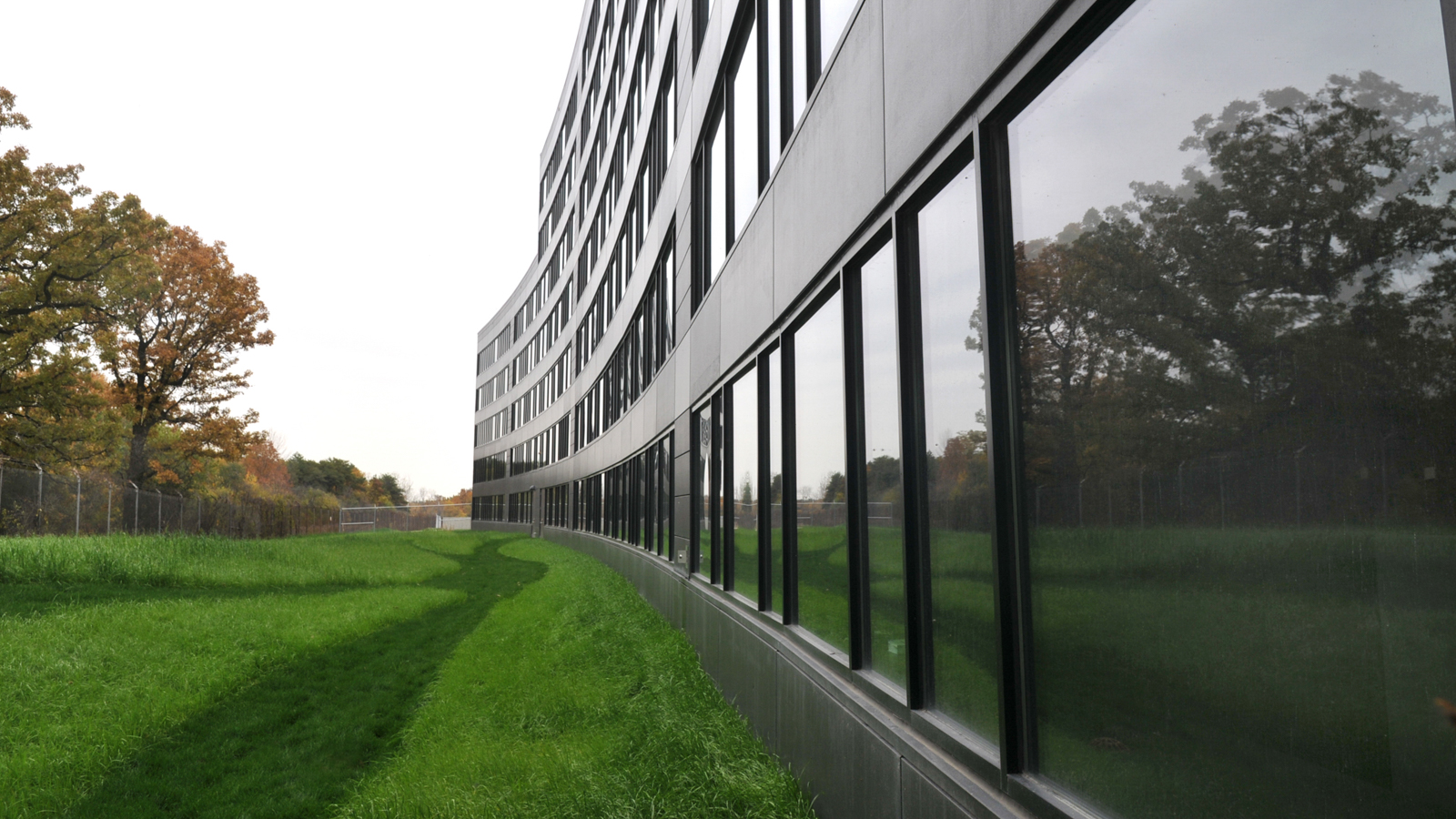
Electricity was expensive and scarce. Heating and cooling systems were not commonplace, and climate control had more to do with putting on a sweater or wearing shorts than adjusting a thermostat.
His father worked at a nearby chemical plant, so Victor spent much of his time around the engineers his father worked with and quickly saw the link between technology and a better life. “I knew from an early age that I wanted to be an engineer,” said Zavala.
Early on, Zavala excelled in science and math and ultimately earned a doctorate in chemical engineering with an emphasis in optimization-based control, a technique commonly used in chemical and aerospace industries. While working on his dissertation, Zavala foresaw how these same techniques could be used for a smarter power grid and building energy management; however, there was little investment in infrastructure technology.
Today, Zavala is working at the U.S. Department of Energy’s Argonne National Laboratory to develop cutting-edge energy management systems for commercial buildings that can potentially reduce energy intensity by as much as 30 percent.
“Working at Argonne is a privilege; the Mathematics and Computer Science Division is recognized throughout the world for their optimization and computational capabilities,” said Zavala, who is an assistant computational mathematician at Argonne.
Zavala is leading a pilot project with BuildingIQ, an energy management software company, which allows him to use his training to improve energy performance at Argonne’s Theory and Computing Sciences (TCS) building.
The partnership takes advantage of Argonne’s expertise in optimization modeling and algorithms to develop next-generation energy management systems for buildings. These systems will use building dynamic models, weather forecasts, occupant sensors, meeting room scheduling and price structures to optimize the building conditions (for example, maximizing human comfort while minimizing CO2 emissions) in real time. Zavala and his colleagues at Argonne aim to spread the energy demands around the building to save energy and reduce operating costs.
“I am excited to be part of this project and to pilot this technology in a real-world environment,” Zavala said. “BuildingIQ’s system provides a powerful framework for energy management that will reduce our carbon footprint and energy costs by leveraging existing infrastructure and combining advanced concepts in modeling, machine learning and adaptive controls.”
The researchers will use the TCS building at Argonne as a “living laboratory” to test the new systems. At approximately 200,000 square feet with seven air-handling units, the TCS building houses around 700 employees and several energy-intensive high-performance computing facilities that require large amounts of air conditioning throughout the year.
If successful, the new energy management system can be deployed in additional buildings at Argonne to form a powerful network that can coordinate with the central power plant and the utility company to minimize the energy intensity and carbon footprint of the entire site.
“Not only will this program help Argonne reduce its energy demands, but the technology also can be easily deployed to any existing building,” said Zavala. The system is designed to plug into existing commercial building management systems and does not require expensive upgrades to use. The team is already speaking to several commercial builders and contractors who are interested in applying the design to future building projects.
Optimizing building systems under the smart grid poses major scientific challenges. In particular, achieving energy efficiency requires enabling energy management systems to capture market fluctuations and to coordinate with utility companies.
In addition, the incorporation of on-site generation and storage systems such as photovoltaic cells, wind microturbines, fuel cells and batteries will add significant complexity in building operations.
“I believe the technology of this project will have a huge impact,” added Zavala. “If we could reduce nationwide the energy demands of commercial buildings by just ten percent, we’d save billions of dollars and metric tons of CO2 every year.”
This project is one of many underway at Argonne to help reduce greenhouse gas emissions and energy use across the laboratory. Argonne has extensive analysis capabilities and has developed energy modeling tools that are used worldwide. Using a systems approach to understanding the complete and complex energy and environment ecosystem, the laboratory is a recognized center for training and technical support for energy and power market analysis and works with several government, private sector and academic partners.


